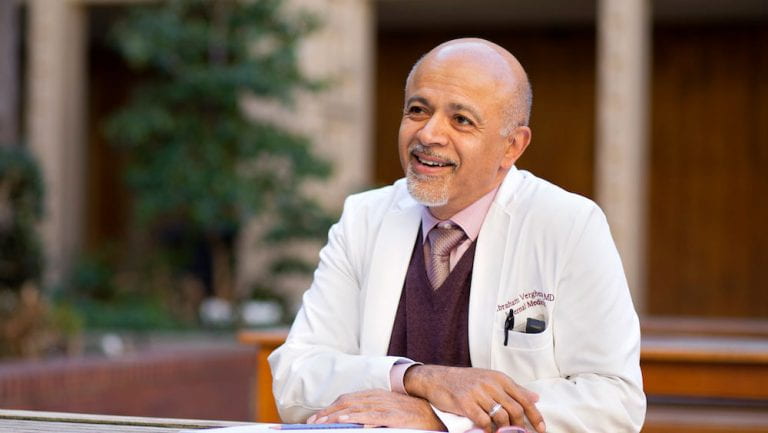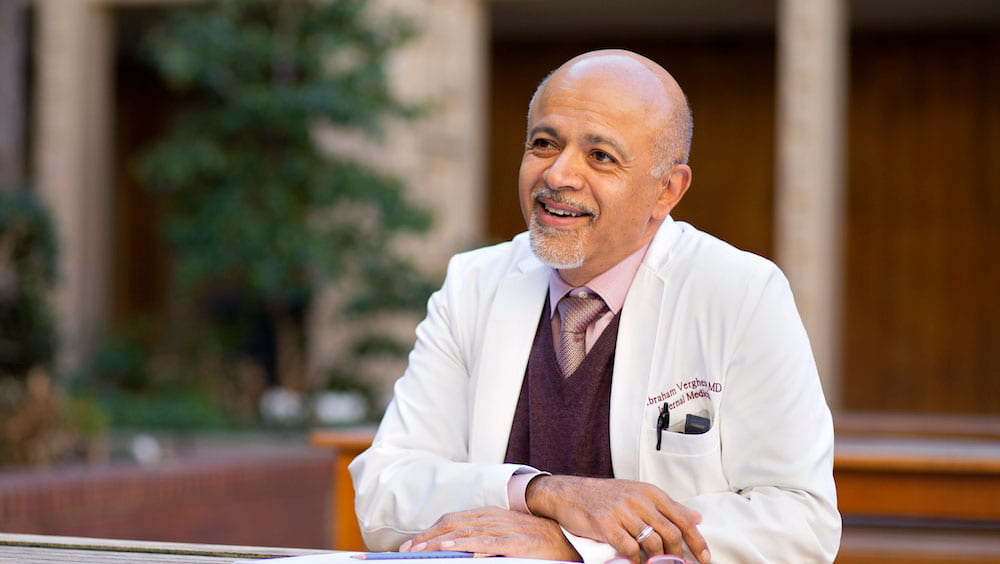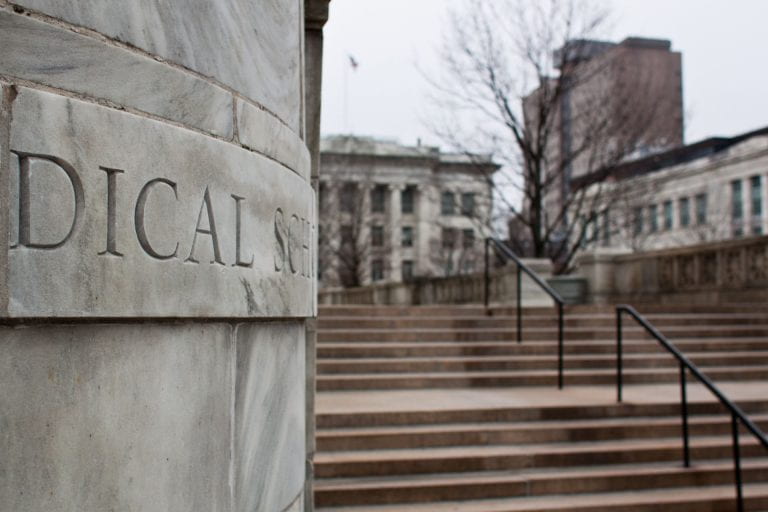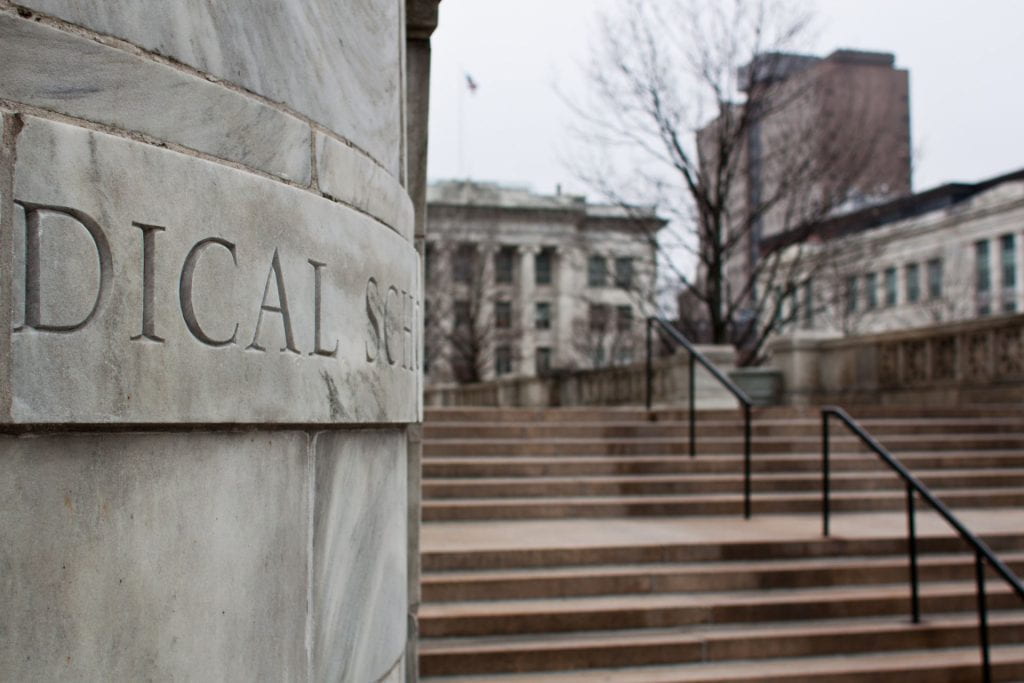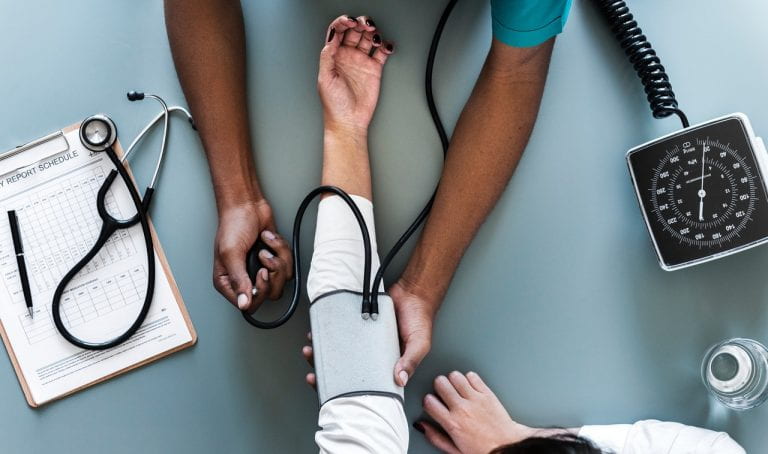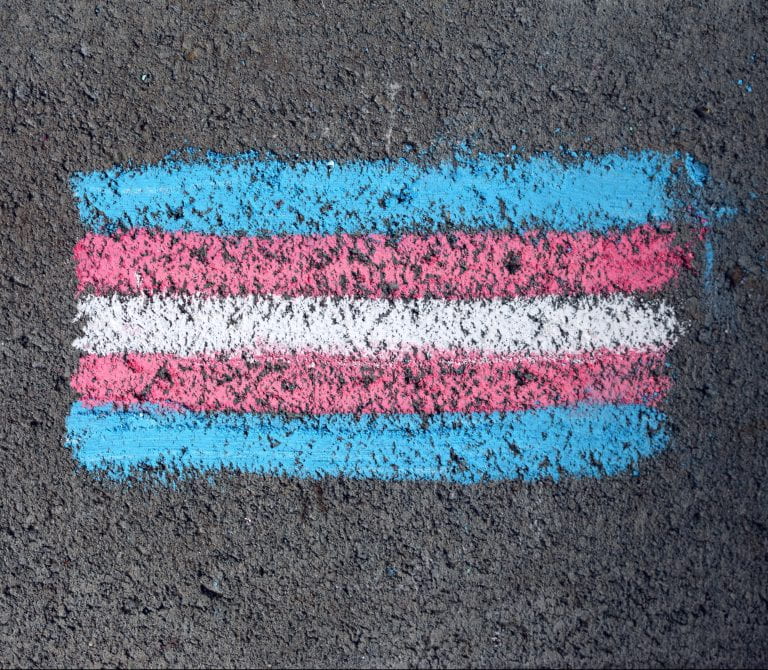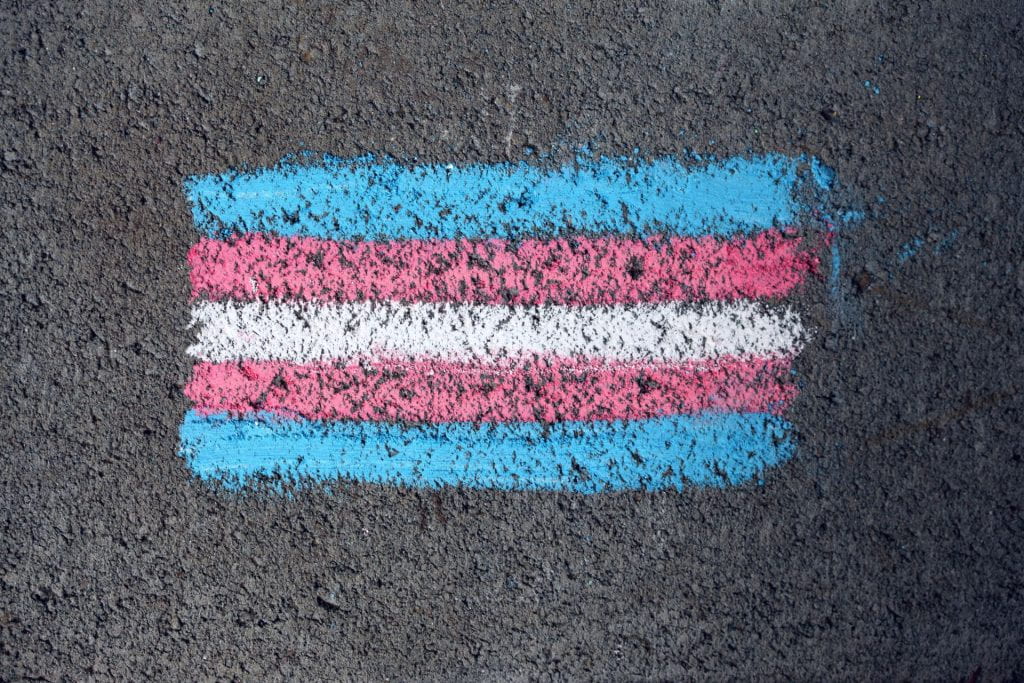
On June 19, 1865 Union General Gordon Granger along with a band of soldiers arrived in Galveston, Texas, one of the furthest corners of the former Confederacy. The general informed the enslaved people in town that by order of President Abraham Lincoln’s 1863 Emancipation Proclamation, slavery was no longer legal within Confederate territories and that they were now free. The following year, on June 19, 1866 the freed people of Galveston organized a celebration to commemorate the ending of slavery within the United States. This event eventually became one of the most important holidays for African-Americans across the country.
Known as ‘Freedom Day,’ ‘Emancipation Day,’ or most commonly as ‘Juneteenth’, June 19th marked a significant moment in American history and within the African-American community. With the issuance of the Emancipation Proclamation in 1863 and the ratification of the 13th Amendment near the end of 1865, the institution of slavery was formally ended in the United States. In Texas and other Southern states, Juneteenth became an annual celebration as freed African-Americans shared meals, read the Emancipation Proclamation aloud, registered new voters, and shared their visions for the development of the community.
During the Great Migration, a period in the 1900s when many Southern African-Americans moved to the Northeast, Midwest or West, the tradition of Juneteenth celebrations was spread to other parts of the country. For decades, Juneteenth was only recognized and celebrated by African-Americans, but with time, the community began to advocate for state and federal governments to honor the day. In 1979, Texas officially declared Juneteenth an official holiday, making it the first state to recognize the date. Since then, more and more states have recognized Juneteenth in some official capacity. In 2021, President Joe Biden signed the Juneteenth National Independence Day Act which designated Juneteenth as a federal holiday, making it the 11th federally recognized holiday.
While Galveston, Texas remains a central location for Juneteenth celebrations, other cities such as Atlanta, Georgia, Philadelphia, Pennsylvania, and Washington D.C. also hold events that hundreds or thousands of people attend each year. Events still feature food and music, but some cities also host Juneteenth pageants, rodeos, and lectures that all showcase the rich culture of the community.
If you are interested in honoring Juneteenth, Monday, June 19th is the last day to see the Emancipation Proclamation and General Granger’s General Order No. 3 on display at the National Archives museum! The museum is open from 10:00 AM through 5:30 PM and there is no entry fee. There will also be a free community event at the Black Lives Matter Plaza on June 19th. The event starts at noon and will feature music, games, a kid zone, and other activities. Last, the National Museum of African American History & Culture curated a ‘Juneteenth Reading List’ filled with fictional, historical, biographical, and autobiographical texts to help people learn more about Juneteenth and the period after slavery.
Juneteenth is considered one of the oldest celebrations within the African-American community. It marked the beginning of freedom and self-actualization for formerly enslaved people. Even today, families spend time reflecting on the legacy of slavery and the continual fight for civil rights. To hear a personal anecdote about the importance of Juneteenth, please watch this short video from GW Associate Professor Imani Cheers:
References:
- Alvarez, B. (2023). Learn About and Celebrate Juneteenth. PBS. https://www.pbs.org/articles/learn-about-and-celebrate-juneteenth/
- Hume, J. & Arceneaux, N. (2008). Public Memory, Cultural Legacy, and Press Coverage of the Juneteenth Revival. Journalism History, 34(3), 155-162. https://doi.org/10.1080/00947679.2008.12062768
- Rozwadowski, T. (2022). A Brief History: The Significance of Juneteenth. Stanford Law School. https://law.stanford.edu/2022/06/15/a-brief-history-the-significance-of-juneteenth/
- Taylor, D.B. (2020, June 13). Juneteenth: The History of a Holiday. The New York Times. https://wrlc-gwahlth.primo.exlibrisgroup.com/permalink/01WRLC_GWAHLTH/gr7gmc/cdi_proquest_miscellaneous_2412451913
- The Historical Legacy of Juneteenth. (n.d.). National Museum of African American History & Culture.https://nmaahc.si.edu/explore/stories/historical-legacy-juneteenth




